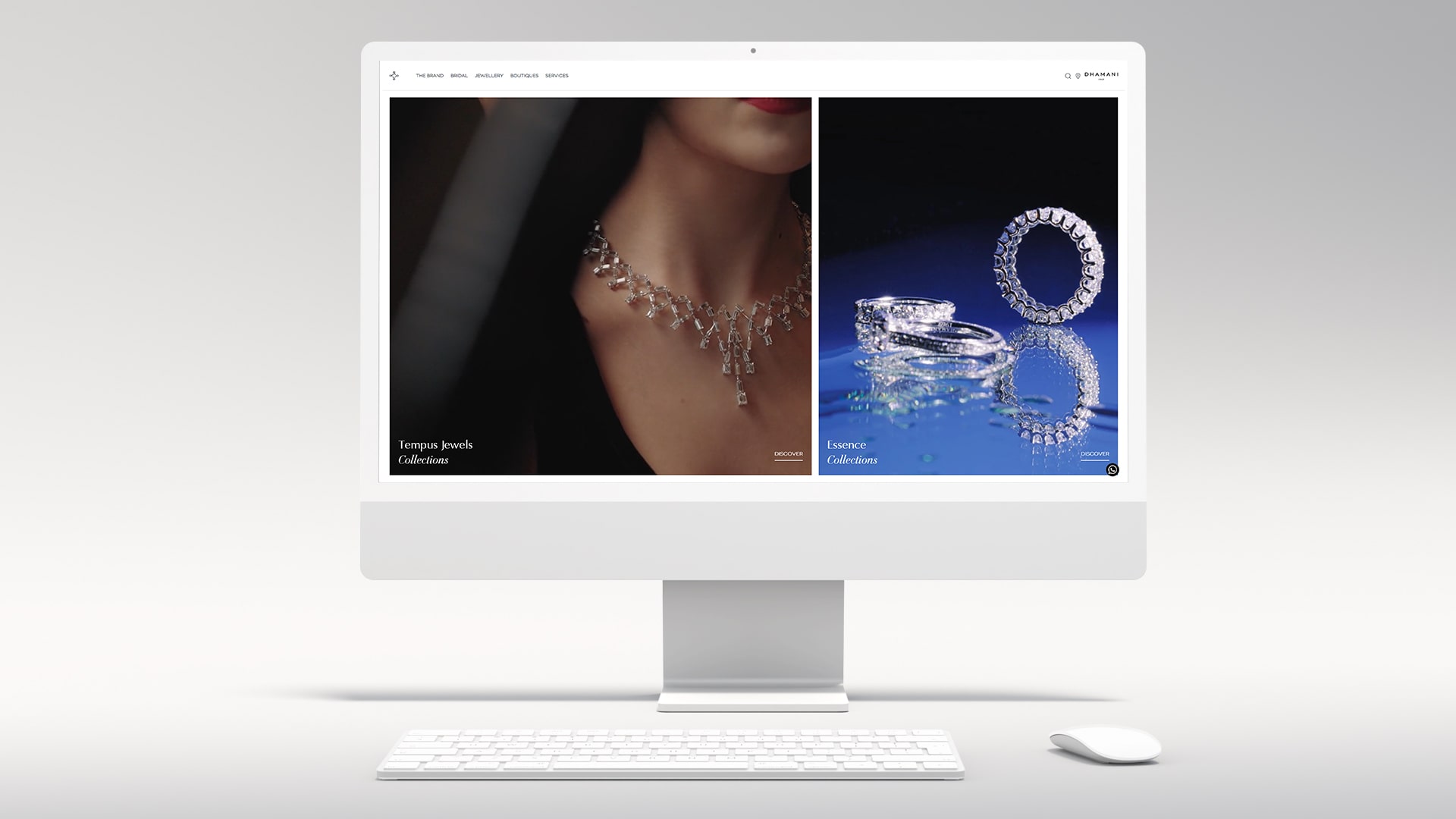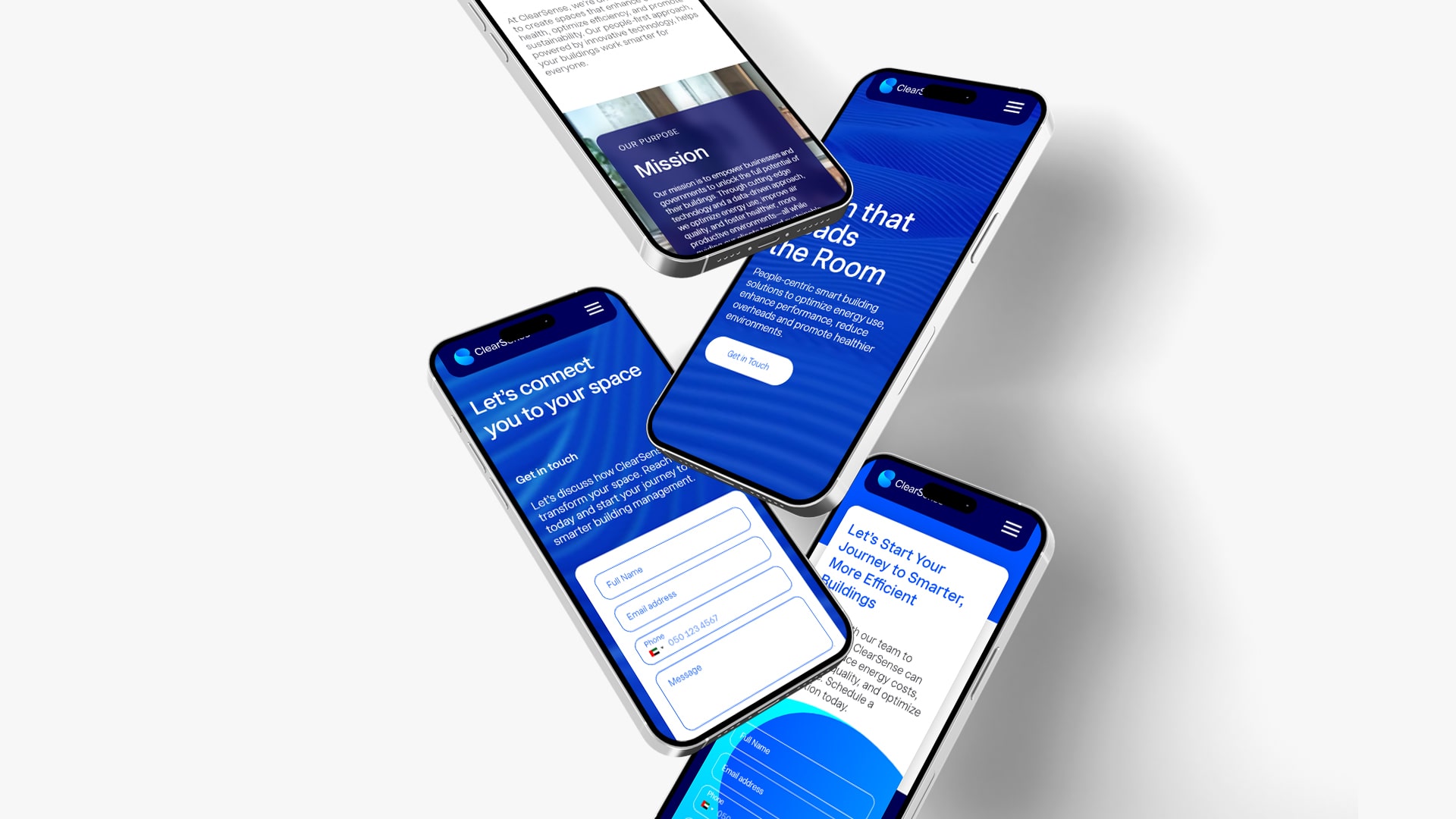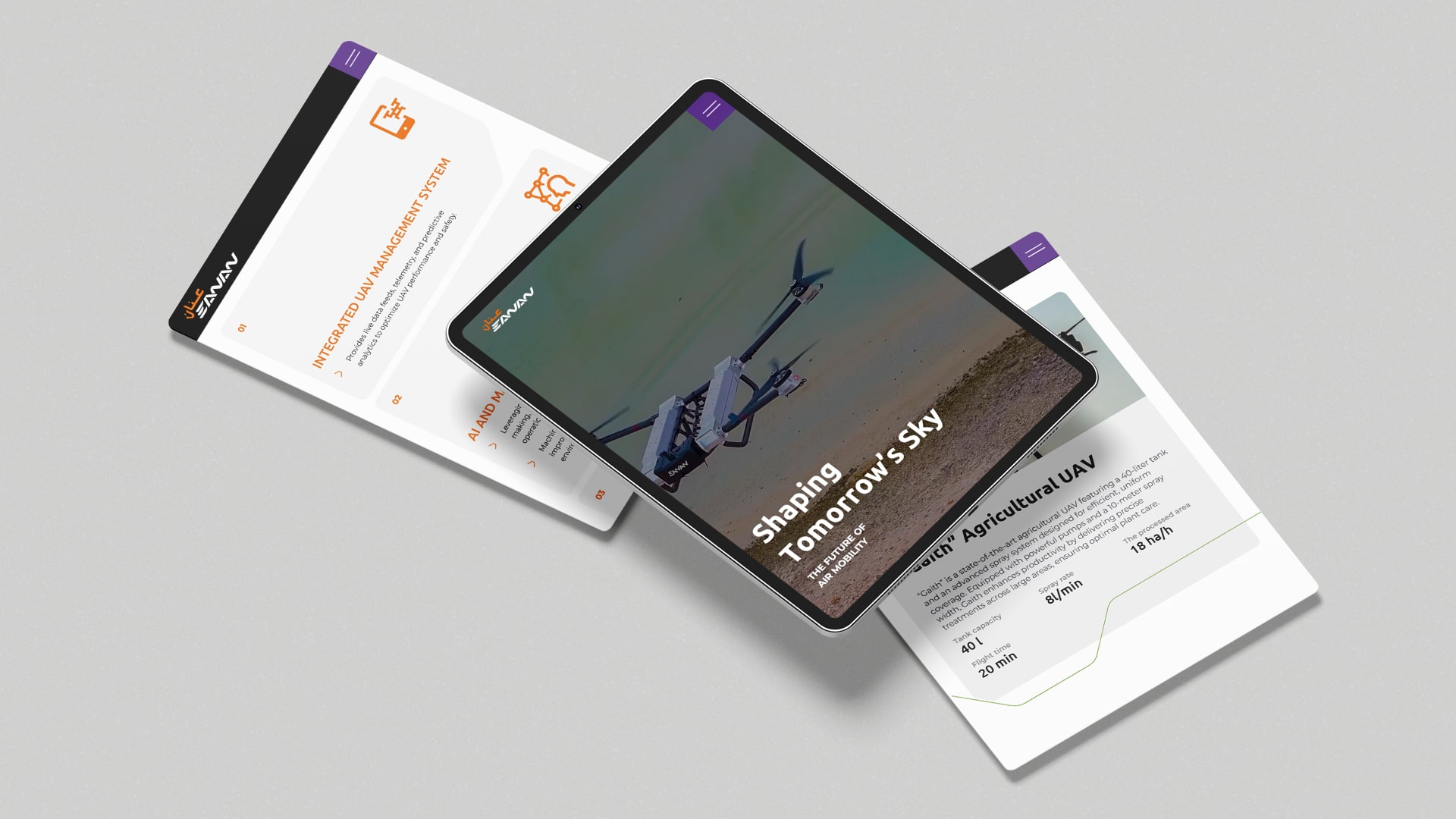Looks like you have poked around SEO guides and probably stumbled across anchor text. But let’s kick this off by clearing up what is anchor text in SEO. At its core, anchor text is the clickable text you see in a hyperlink, and it tells both users and search engines what the linked page is about. Let’s break down the three main flavors you’re gonna run into: exact match anchor text, partial match anchor text, and branded anchor text. No jargon overload here—just the scoop so you can nail your links like a pro.

Anchor Text Basics
Okay, so you might still be wondering what anchor text is in SEO? It’s a legit question when you are just starting out. Basically, whenever you click on a link, like that sweet blue line that takes you somewhere, you are clicking on anchor text. It can be anything from a keyword-packed phrase to a simple “click here.” For instance, terms like “learn CSS,” “download the PDF,” or “my blog” all count. If you want real examples of anchor text, you could look at any Wikipedia page; they are full of different styles.
Anchor text isn’t just for looks; it’s a signal you send to Google and pals about what’s on the other side of that link. Think of it like signposts on a hiking trail: clear signs keep people—and bots—on the right path. Get it right, and you will boost relevance and authority. Mess it up, and you might confuse visitors or even get hit by spam filters. The sweet spot? Contextual, varied, and user-friendly.
Types of Anchor Text
Let’s dive into the big three.
Exact Match anchor text
Exact Match anchor text is when the clickable text exactly matches the keyword you’re targeting, no filler words or fluff. Say you’re going after “best running shoes,” your link text would be exactly that—“best running shoes.” Google sees that and thinks, “Okay, this page is definitely about the best running shoes!” The upside? Super crystal relevance. The downside? If you overdo it, your site can get flagged for looking like link spam. Search engines have gotten smart at pulling out unnatural link patterns, so if every other link on your site uses that exact phrase, you might raise eyebrows.
Pros
Maximum keyword clarity
Good for niche, highly specific pages
Cons
Risk of over-optimization
Looks spammy if abused
Best practice tip: Stick to no more than 5–10% of your total anchors as exact matches. Sprinkle them in for focus, but don’t build your whole profile on them.
Partial Match anchor text
Partial Match anchor text is a bit more relaxed. Your anchor text contains your keyword but isn’t an exact copy. For example, if you’re chasing “best running shoes,” you might say, “check out the best running shoes for marathons.” The main keyword is in there, but you have got extra words hanging around. This approach feels more natural, reduces spam signals, and still sends relevance signals to Google.
Pros
Feels more conversational
Keeps you under spam radars
Cons
Slightly diluted keyword focus
Might not pack the same punch as an exact match
Best practice tip: Use these around 25–35% of the time. They are your workhorses, which is a good balance between clarity and natural language.
Branded anchor text
Branded anchor text uses your brand name as the clickable text. So if your site is called ShoeZone, your link might just read “ShoeZone.” Google sees that and trusts that the link is coming from your brand identity. It’s a solid way to build recognition, boost your brand footprint, and keep things looking legit on both internal and external links.
Pros
Low risk of spam flags
Great for brand awareness
Cons
Doesn’t highlight specific keywords
Less helpful for niche keyword ranking
Best practice tip: Aim for roughly 20-30% branded anchors if you have got the luxury, especially for big, authoritative sites. Mix them up with other types for a natural profile.
Generic and Other Anchors
Don’t forget the generic ones: “click here,” “read more,” or naked URLs like “https://example.com.” They have zero keyword value but help diversify your anchor profile. A little generic anchor here and there says, “Hey, I’m a real site built for humans,” which is exactly what you want.
Which Anchor Text Should You Use?
So, which flavor wins? The truth is, one wins all the time. You want a healthy blend:
A pinch of exact-match anchors to hammer home the main topic.
A dab of partial-match anchors to keep it natural.
A solid chunk of brand-name anchors to build trust.
A dash of generic links to diversify.
If you lean too heavily on one type, especially exact-match anchors, you risk spammy vibes. Too light, and you might underplay your keyword relevance. Watch your link profile like you’d watch seasoning in a recipe: too much salt ruins the dish.
Internal Linking Best Practices
Beyond external links, you gotta pay attention to your internal links too. They help spread authority around your own site and guide users to other juicy content. You might hear about SEO benefits adding internal links, and that’s spot on—they help search engines crawl deeper and understand your site’s structure. Plus, when you ask yourself why are internal links important for SEO, the answer is simple: they improve user experience and help establish topic clusters that search engines love.
Internal linking tips
Use descriptive anchors (but not 100% exact-match) so readers know what’s coming.
Link to deep pages, not just your homepage. Mix in some cornerstone content and blog posts.
Keep link depth shallow. Try to reach important pages in three clicks or fewer.
Avoid orphaned pages by linking to every important resource at least once.
Variety is the name of the game here, too. Rotate between contextual keyword anchors, brand-name anchors, and general calls-to-action to keep everything balanced.
Wrapping Up
So there you have it. You have learned what anchor text is in SEO, saw how to use keywords with savvy, and figured out when to bring in branded, exact-match, and partial-match anchors. Remember to mix it up, keep it natural, and always think about user experience first. Before you do all that, contact the best SEO services in Dubai – GTECH. We will audit your website and make sure you use links like a legend!
Related Post
Publications, Insights & News from GTECH








